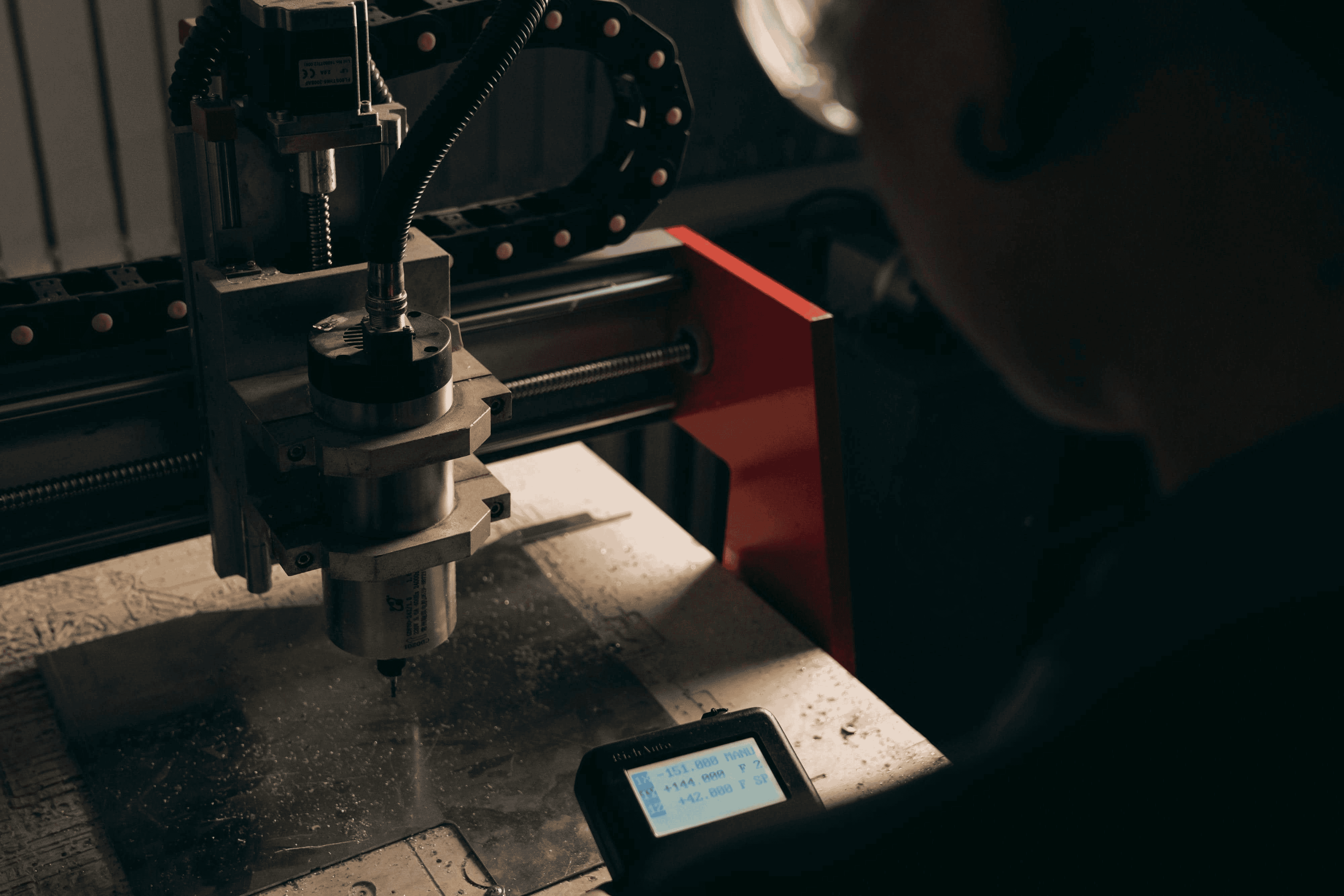Custom Fabrication

Welding certification is a formal verification that a welder can deposit sound metal under defined conditions. A test agency or qualified examiner evaluates welds against a governing code, such as AWS D1.1 for structural steel or ASME Section IX for pressure work. The result is not a general license but a record that ties a welder to a specific process, position, material, and thickness range. That record is only valid when the same essential variables are maintained on the job.
Certification hinges on a welding procedure specification. The WPS outlines parameters like amperage, voltage, travel speed, preheat, and filler classification. A performance test confirms the operator can follow that WPS and still achieve fusion, penetration, and profile that meet acceptance criteria. Test pieces are usually plates or pipe, with position and joint details that mirror real work.
Evaluation begins with visual inspection. Examiners look for undercut, porosity, overlap, arc strikes, and profile issues that codes limit or prohibit. Destructive bend tests often follow, using guided bends on face and root to expose internal flaws. Some exams allow non destructive testing like radiography or ultrasonic inspection. Passing results are documented in a welder performance qualification record, which lists the code, process, positions qualified, base materials, thicknesses, and any restrictions.
Welder completing a 3g welding certification bend test plate in a certified shop environment
The 3g welding certification evaluates vertical plate welding. The plate is set vertical with a groove joint, often with backing. Progression can be uphill or downhill depending on the code and process, though uphill is common for structural steel. The challenge is heat control against gravity. Too much heat creates sag and undercut. Too little risks lack of fusion. Consistent weave width, pause timing at the toes, and proper rod or wire angle are critical.
The 4g welding certification measures overhead plate welding. The coupon is above the welder, forcing puddle control and spatter management in the most demanding plate position. Cleanliness and small, controlled puddles prevent inclusions. Many welders reduce heat input, use shorter arcs, and adjust stick out or rod manipulation to keep metal where it belongs.
Both 3g and 4g commonly use SMAW, GMAW short circuit or spray, FCAW, and GTAW for root passes or specialty joints. Typical test assemblies are carbon steel plates in the quarter inch to three eighths inch range, beveled to a defined groove angle with a specified root opening. Codes detail the backing material, number of passes, interpass temperature, and acceptable discontinuities. After welding, coupons are cut and bent, then measured for cracks, lack of fusion lines, or excessive reinforcement.
Certification is not permanent. Many codes require continuity verification, meaning the welder must use the qualified process within a set interval to remain current. If continuity lapses, a retest may be required. Keeping organized records, including dates, processes used, and job numbers, prevents surprises during audits. When scopes change, additional tests may be needed to add positions, processes, or materials.
Credentials on paper matter most when they translate into reliable, repeatable work. Certified welders understand heat input, distortion control, and joint preparation, which makes assemblies fit without fighting. In plate work that echoes 3g and 4g, you see straight seams, crisp toes, and parts that bolt or weld together without rework. For structural brackets, racks, or enclosures, certified technique keeps fatigue cracks at bay and maintains alignment.
When a project requires shop made parts or automotive integrations, fabrication depth matters as much as the test card. That is where a complete shop brings value. From material selection through finishing, the team chooses the right process for each joint, then proves quality with inspection steps that mirror certification logic. If you want that standard applied to your project, explore our custom fabrication capabilities for metals and assemblies.
Working with a builder that owns the entire workflow helps ensure consistency. Cutting, forming, fixturing, and welding occur under one roof with documentation and quality checks. See how that comes to life in our fabrication services overview, from precision routing and plasma to custom metal work finished to spec. Curious about the shop behind the work. Learn more about our approach and client experience in why choose OZK Customs.
A final note on readiness. Whether your drawings call for vertical or overhead plate welds, the fundamentals of 3g welding certification and 4g welding certification shape the quality you receive. Our Fayetteville Arkansas team applies those same principles to vehicle builds, overland gear, and commercial integrations so your parts perform on the road and in the field.
Bring us your concept, sketch, or engineered drawings. We will spec the process, prep the joints, and deliver welded assemblies that pass inspection and look sharp. From custom van components to structural brackets and racks, our crew produces work that meets standards and timelines. Share your goals and we will map the path from material to finished install with clear communication and dependable craftsmanship.
Ready to build with certified quality. Tell us about your project and our team will spec materials, processes, and finishes that meet your standards. Submit the form to start your custom fabrication or vehicle upfit with a crew that welds to code and stands behind every bead.
ADDRESS:
6159 E Huntsville Rd, Fayetteville, AR 72701
PHONE:
(479) 326-9200
EMAIL:
info@ozkvans.com